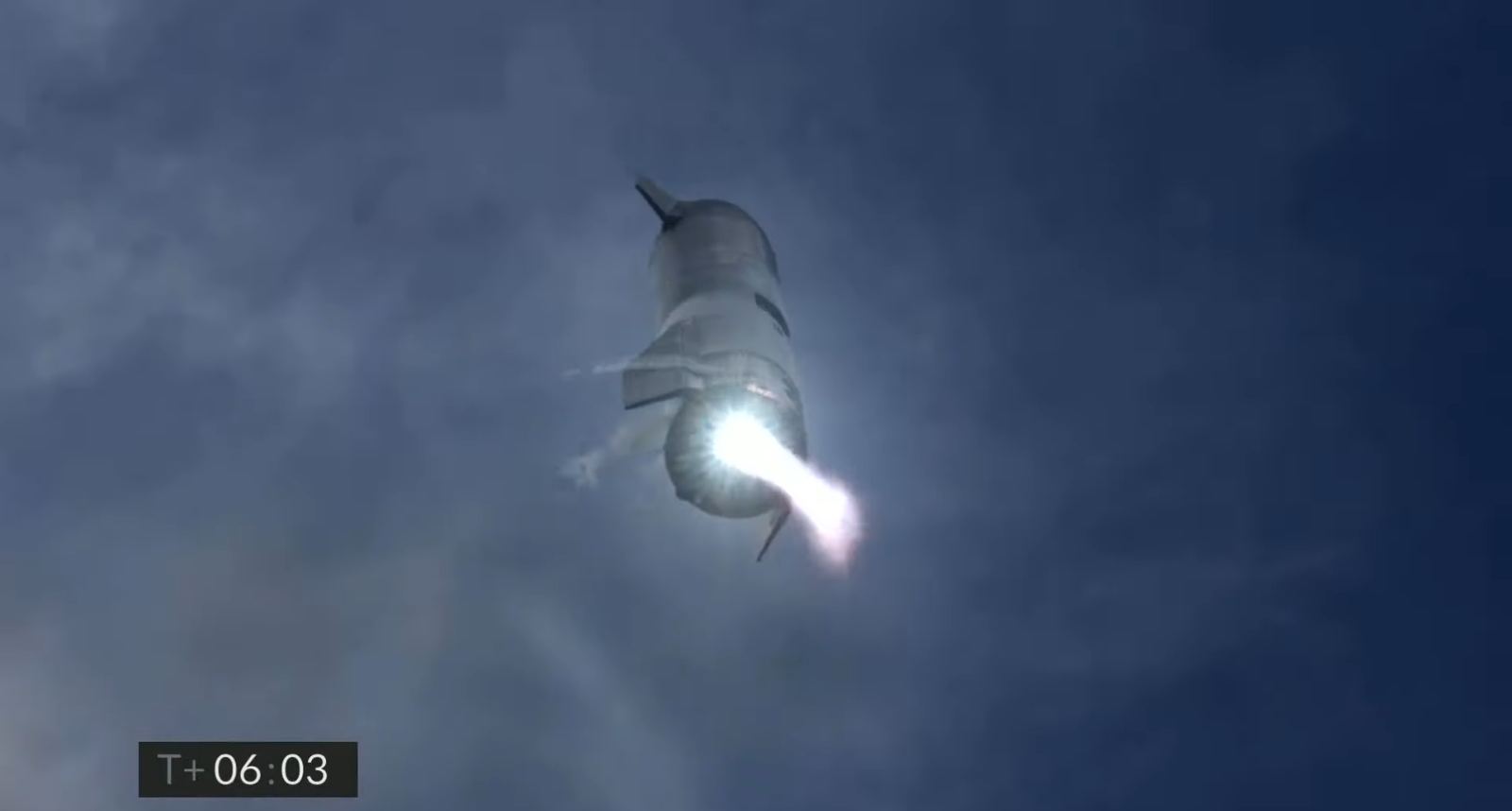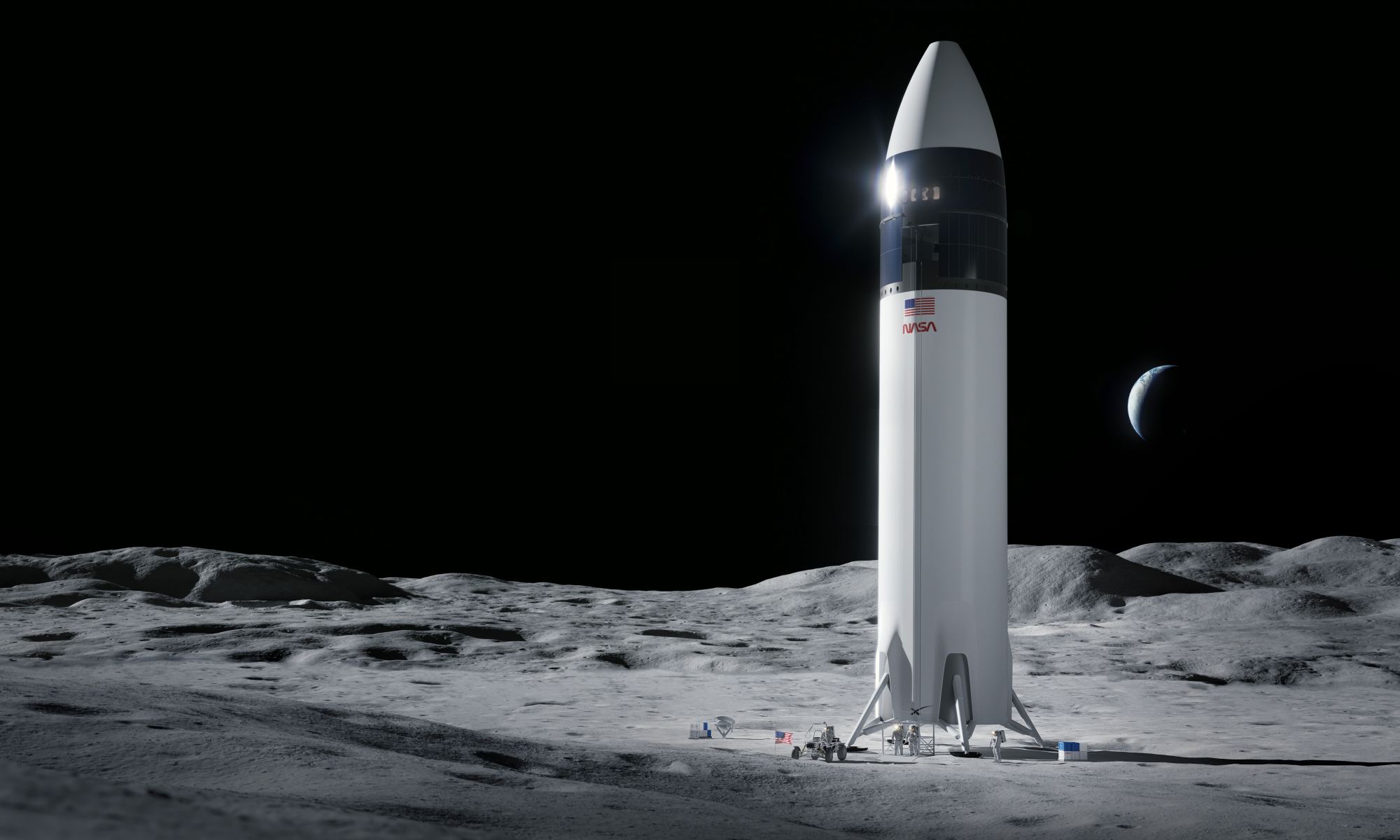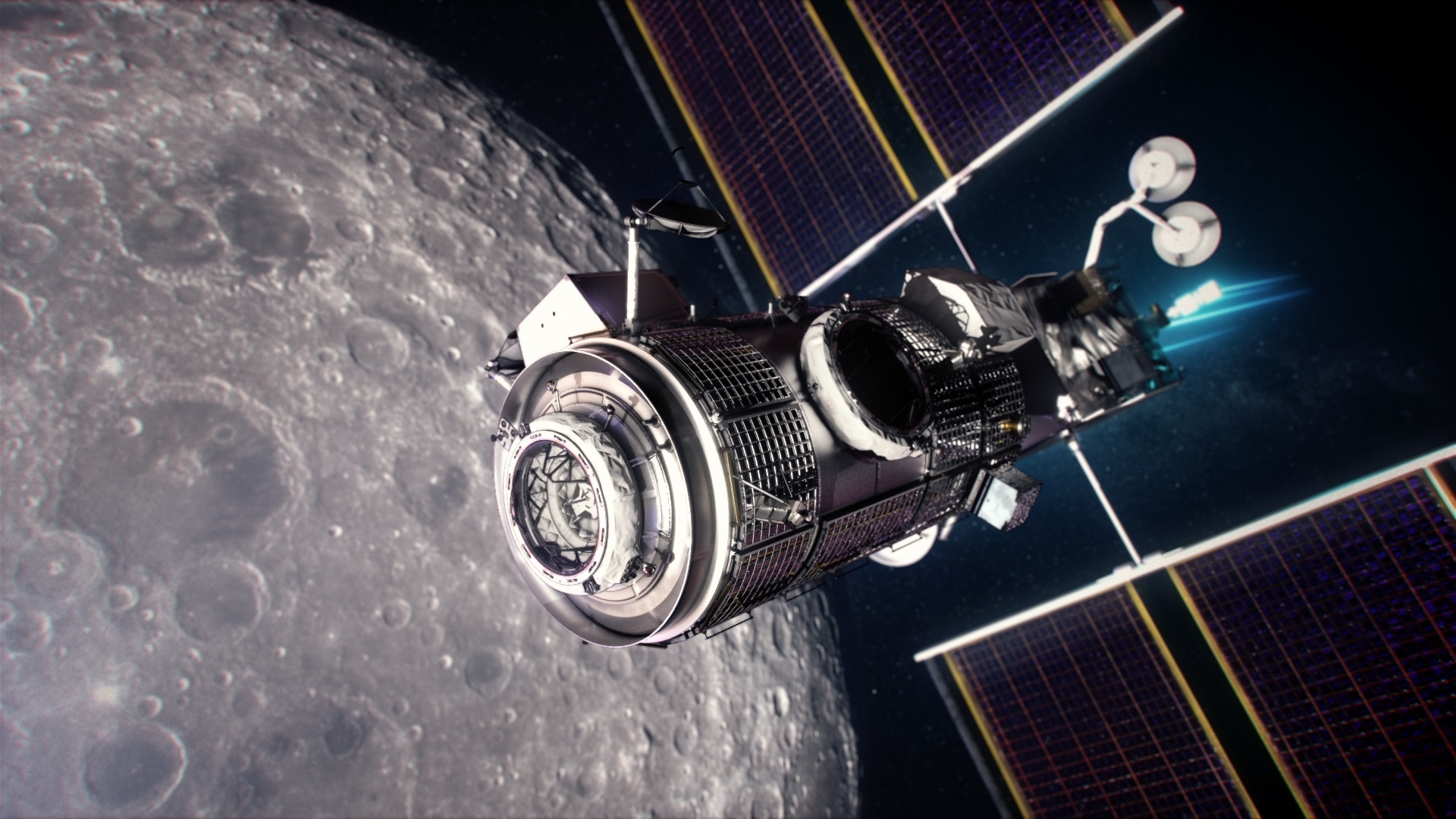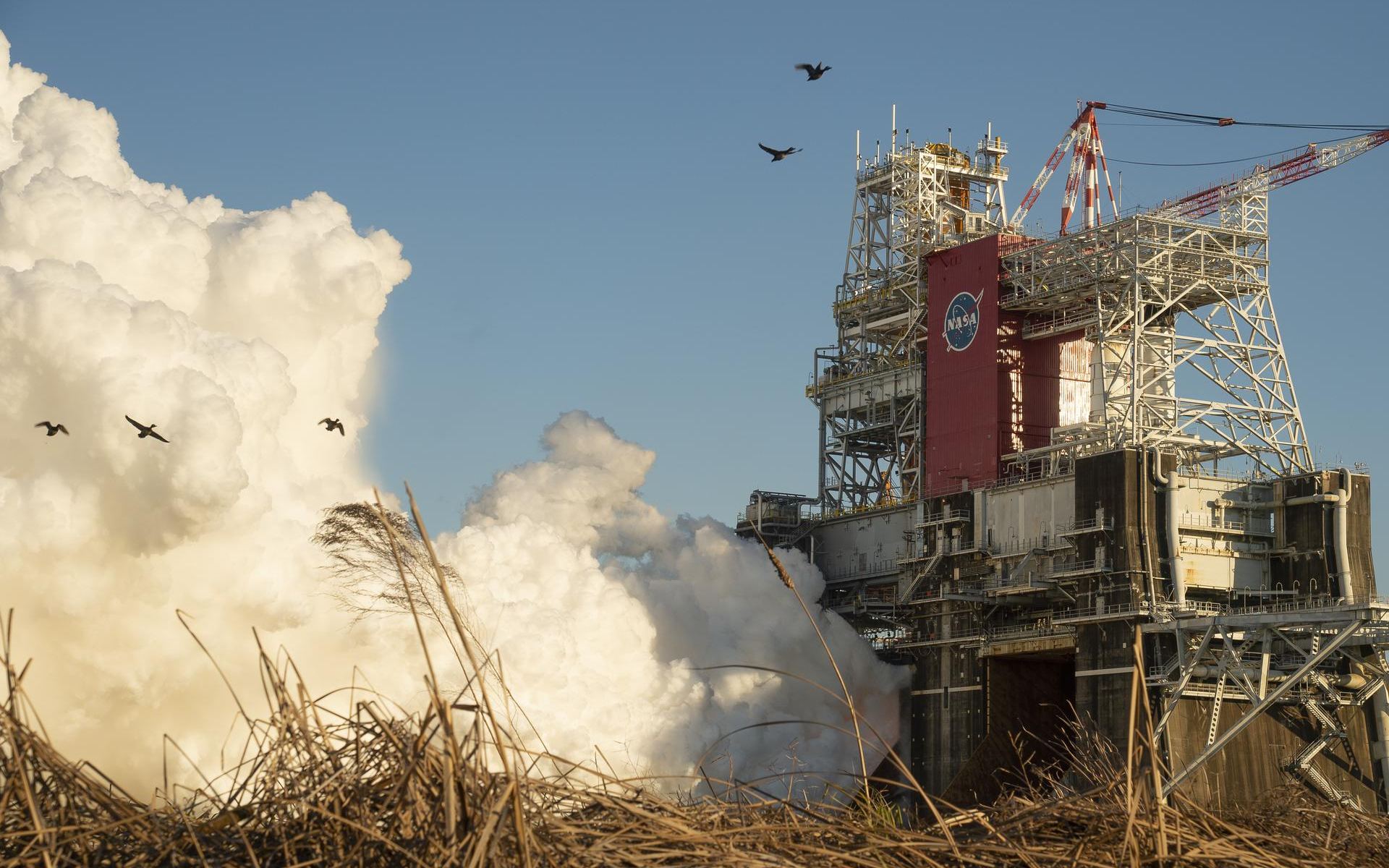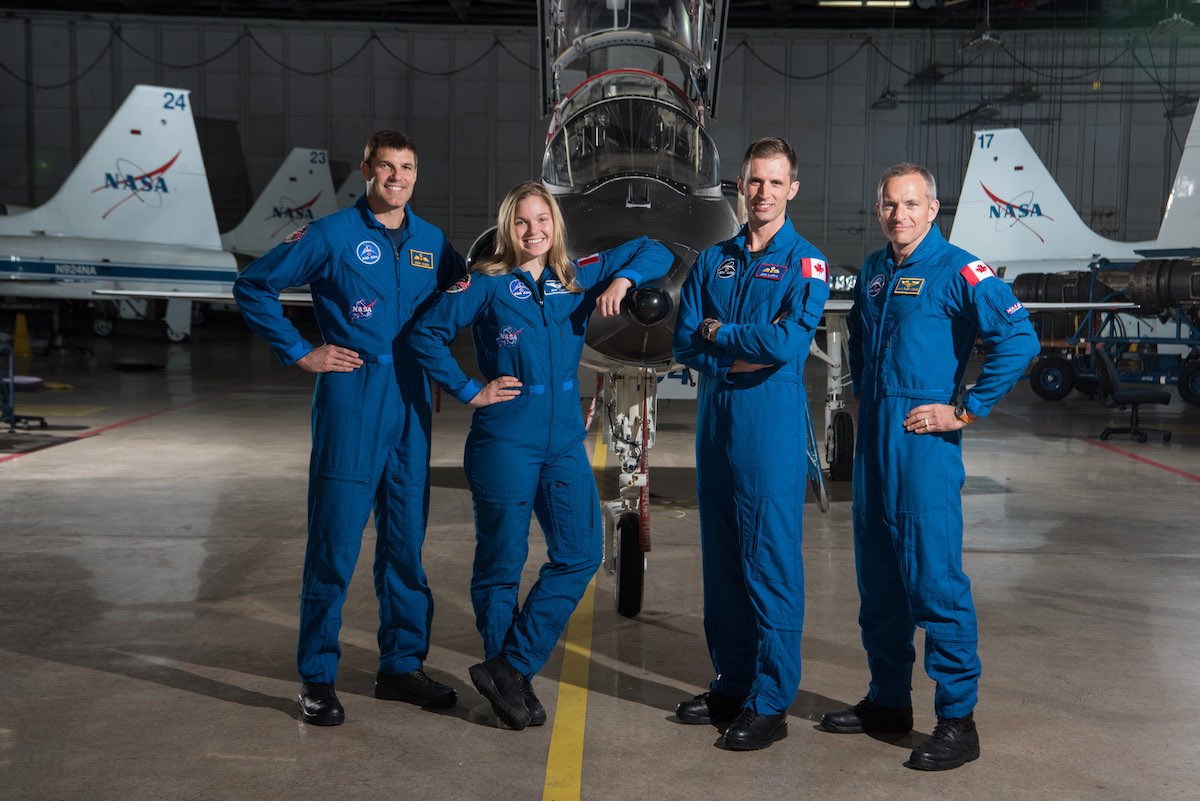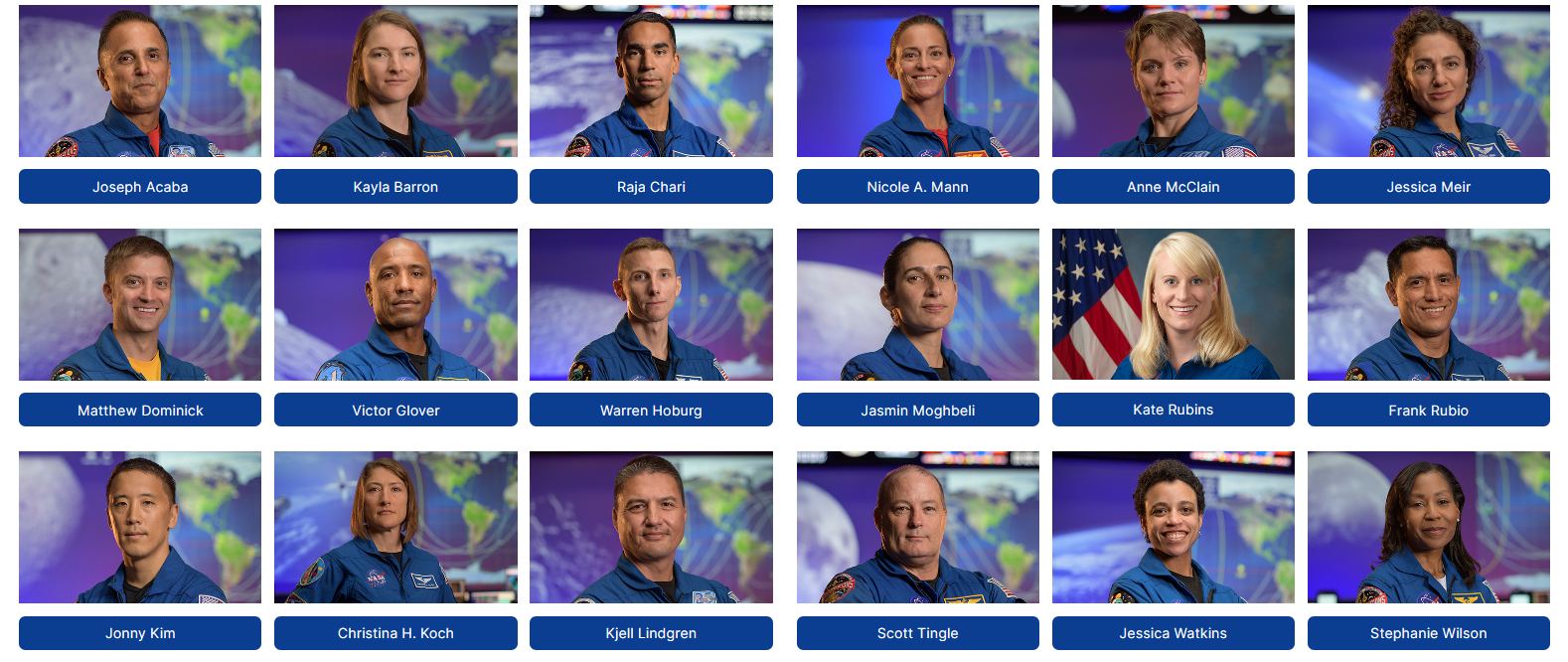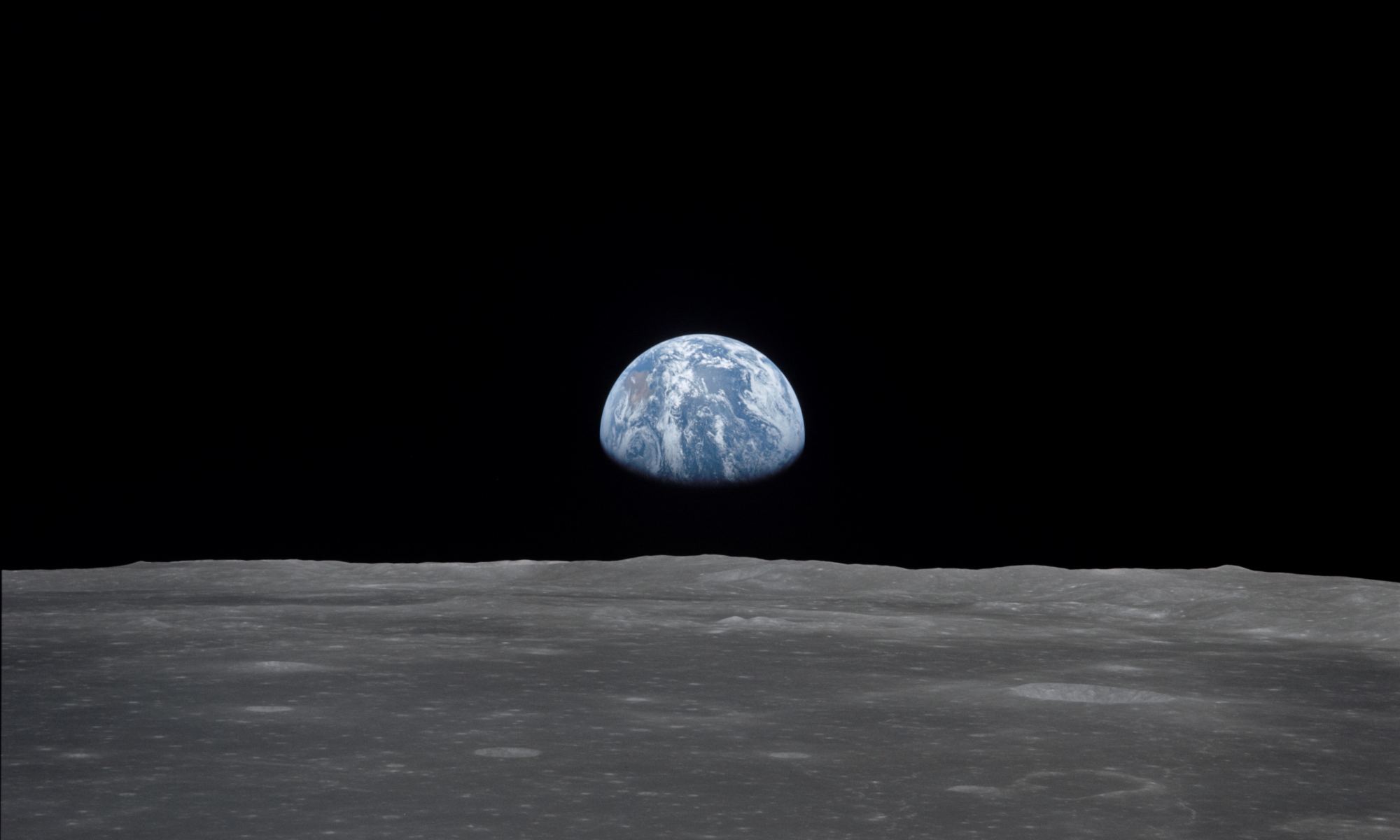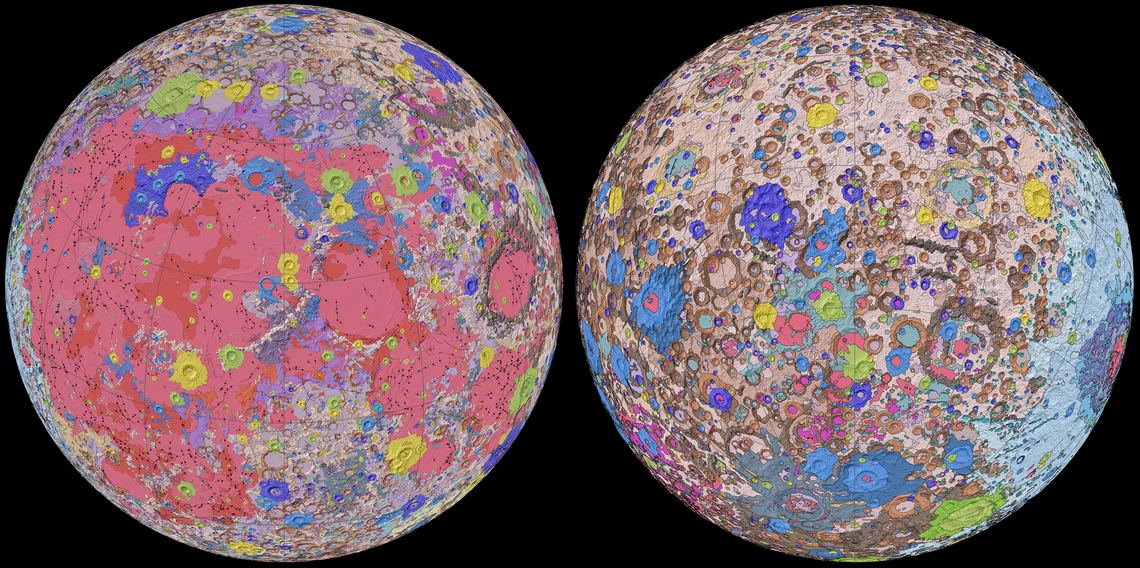On the afternoon of May 5th, 2021, at 05:24 PM local time, SpaceX made its fifth attempt at a high-altitude test flight and soft landing with a Starship prototype. Given the outcomes of the previous test, this event had many people on the edge of their seats. In all four attempts, the prototypes managed to reach their maximum altitude and pull off the bellyflop maneuver, but then exploded during landing (or shortly thereafter).
Would the fifteenth iteration of the Starship prototype (SN15) succeed where the others had failed? As of 05:30 P.M. local time (06:30 P.M. EDT; 03:30 P.M. PDT), the answer to that question is, “WITH GUSTO!” On their fifth attempt, the SN15 not only managed to reach its target altitude of 10 km (6.2 mi) and pull off the belly-flop and controlled descent, it also stuck the landing and suffered no mishaps afterward.
In other words, COMPLETE SUCCESS!
Continue reading “SpaceX’s SN15 Starship Prototype Nails It!”
